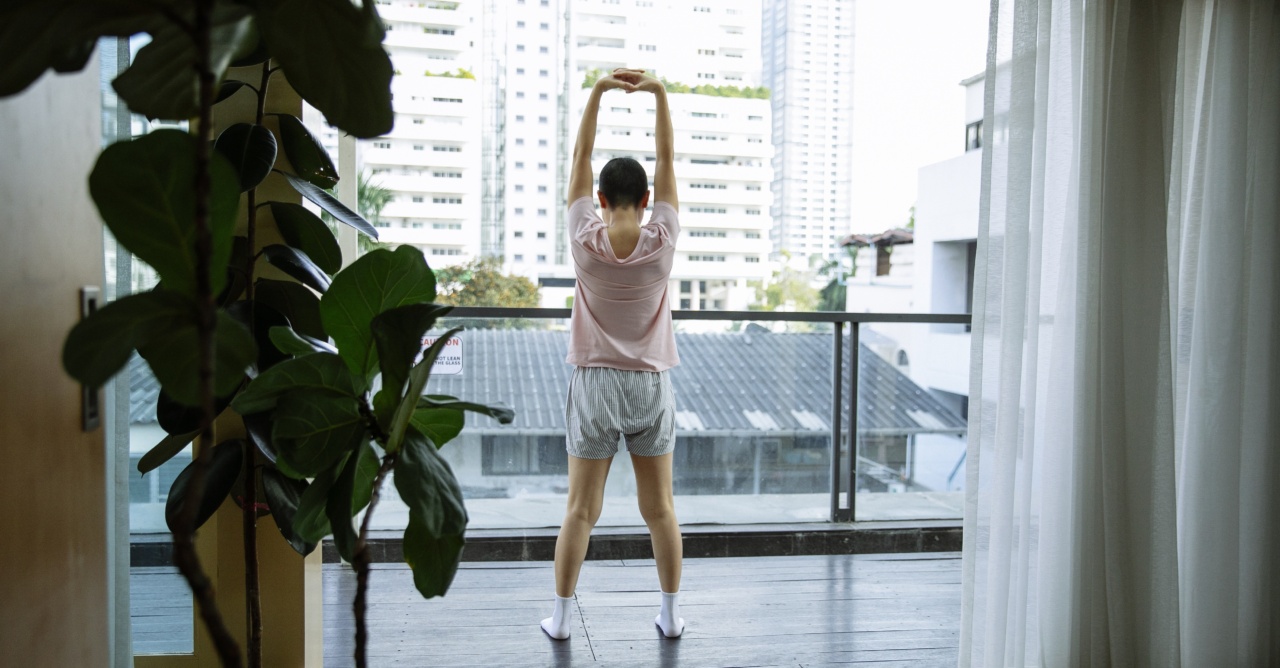Prostate cancer is a significant health concern for men around the world. It is the second most commonly diagnosed cancer in men and is responsible for a considerable number of deaths.
Despite advancements in medical treatments, the side effects of prostate cancer and its treatments can significantly impact a patient’s quality of life.
Understanding the Side Effects of Prostate Cancer and its Treatments
Prostate cancer and its treatments, such as surgery, radiation therapy, hormone therapy, and chemotherapy, can lead to various physical, psychological, and emotional side effects.
These side effects include fatigue, muscle weakness, weight gain, loss of libido, erectile dysfunction, depression, anxiety, and reduced overall quality of life.
The Role of Exercise in Improving Quality of Life
Exercise has been shown to have numerous benefits for prostate cancer patients. It can help alleviate the side effects of cancer and its treatments and improve overall quality of life.
Here are some ways exercise can positively impact prostate cancer patients:.
1. Reducing Fatigue
Physical activity has been found to combat fatigue in cancer patients. Engaging in regular exercise helps improve energy levels and reduces cancer-related fatigue.
It may seem counterintuitive, but exercise can actually increase energy levels and reduce feelings of exhaustion in prostate cancer patients.
2. Enhancing Physical Strength and Function
Prostate cancer and its treatments can lead to muscle weakness and loss of physical strength. Regular exercise, particularly strength training exercises, can help maintain and improve muscle strength and function.
Strengthening exercises not only help with everyday activities but also enhance the patient’s ability to tolerate cancer treatments.
3. Managing Weight and Body Composition
Weight gain is a common side effect of prostate cancer treatments, especially hormone therapy. Exercise plays a crucial role in managing weight and preventing excessive weight gain.
Maintaining a healthy body weight also reduces the risk of other chronic diseases and improves overall well-being.
4. Improving Bone Health
Some prostate cancer treatments, such as hormone therapy, can contribute to bone loss and increase the risk of osteoporosis.
Weight-bearing exercises, such as walking or weightlifting, help promote bone health, increase bone density, and reduce the risk of fractures.
5. Enhancing Psychological Well-being
Prostate cancer and its treatments can have a significant impact on mental health, leading to depression, anxiety, and a decreased sense of well-being.
Exercise has been shown to release endorphins, or “feel-good” hormones that can improve mood and reduce symptoms of depression and anxiety. Additionally, participating in exercise can provide a positive distraction and improve overall psychological well-being.
6. Boosting Immune Function
Regular exercise has been associated with a strengthened immune system. Prostate cancer patients often have compromised immune function due to their condition and treatments.
Engaging in physical activity can enhance the immune system, reducing the risk of infections and improving overall health.
7. Improving Sexual Function
Prostate cancer and its treatments can cause erectile dysfunction and loss of libido, negatively impacting the patient’s sexual function and relationships.
Regular exercise can improve blood circulation, cardiovascular health, and overall fitness, which can help alleviate sexual dysfunction and improve sexual function in prostate cancer patients.
8. Promoting Social Interaction
Exercise can provide an opportunity for prostate cancer patients to engage in social interactions, reducing feelings of isolation and loneliness.
Participating in group exercise programs or joining support groups centered around physical activity encourages social connections and support among patients.
9. Increasing Self-confidence and Empowerment
Regular exercise can enhance self-confidence and empower prostate cancer patients.
Meeting personal fitness goals, experiencing an improvement in physical strength and endurance, and seeing positive changes in body composition can boost self-esteem and enable patients to regain a sense of control over their bodies and their lives.
10. Enhancing Overall Quality of Life
By addressing various side effects of prostate cancer and its treatments, exercise plays a crucial role in enhancing the overall quality of life for prostate cancer patients.
Engaging in regular physical activity not only improves physical health but also positively impacts mental and emotional well-being.
Conclusion
Exercise is a powerful tool for improving the quality of life in prostate cancer patients. From reducing fatigue and enhancing physical strength to improving psychological well-being and sexual function, exercise offers a wide range of benefits.
Encouraging prostate cancer patients to incorporate exercise into their daily lives can empower them to regain control over their health, improve their overall well-being, and potentially enhance their treatment outcomes.































